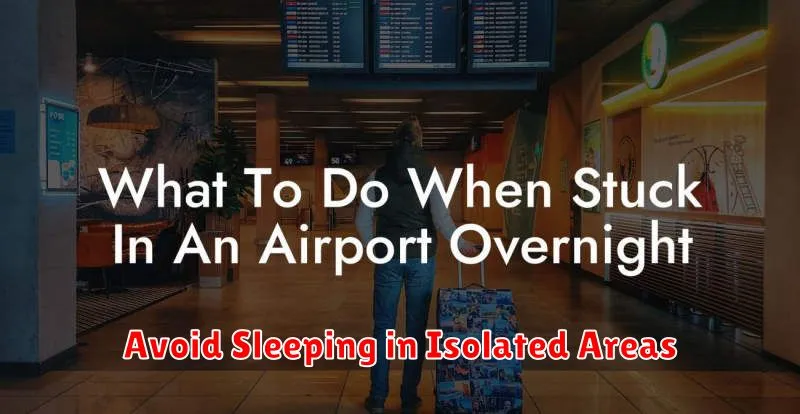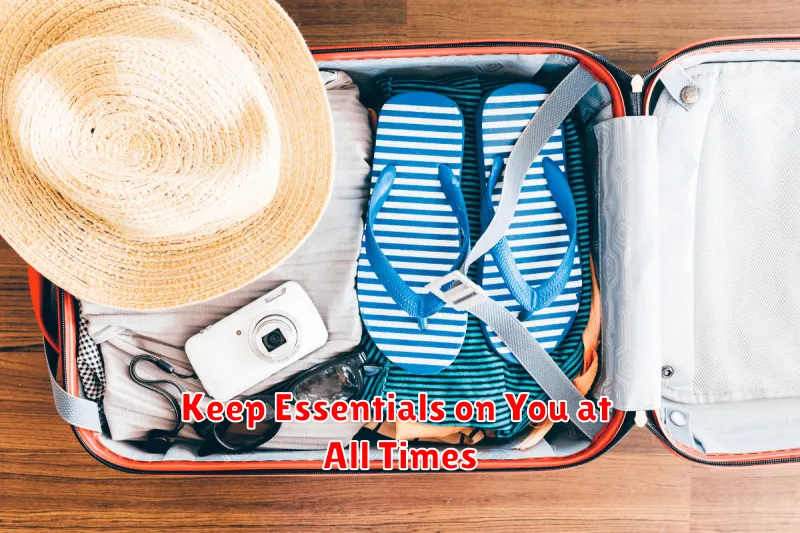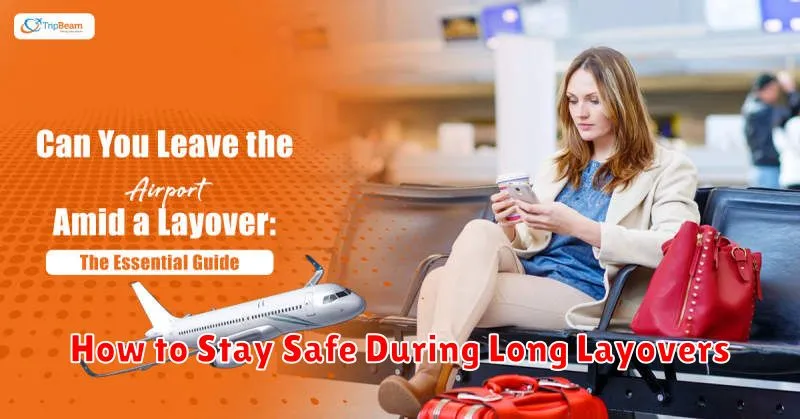Long layovers can be a source of anxiety for travelers. Knowing how to stay safe during a long layover is essential for a smooth and worry-free journey. This article provides valuable tips and strategies for navigating the challenges of extended airport waits, ensuring your safety and peace of mind. We’ll cover everything from airport security measures to personal safety precautions, helping you stay informed and prepared for a safe layover experience. Whether you’re a seasoned traveler or embarking on your first trip with a lengthy layover, this guide will equip you with the knowledge to manage your time effectively and prioritize your well-being while waiting for your connecting flight.
From understanding airport navigation to identifying potential safety risks and utilizing airport amenities to enhance your comfort, we’ll explore various aspects of long layovers. Discover practical advice on securing your belongings, staying connected, finding comfortable resting areas, and managing unexpected delays. By implementing these strategies, you can transform your long layover from a potential travel burden into a productive and safe part of your journey. This guide empowers you to take control of your layover experience, ensuring a secure and comfortable transition to your final destination.
Why Layovers Can Pose Safety Risks
While layovers offer a chance to break up long journeys, they can also introduce safety risks. Unfamiliarity with the layover airport’s layout can lead to disorientation and vulnerability. Navigating unfamiliar terminals, especially during rushed transfers, increases the risk of getting lost or separated from belongings. This can make travelers easier targets for theft or other criminal activities.
Time constraints also pose a challenge. Rushed transfers can lead to mistakes, such as leaving belongings behind in the rush to reach the next gate. Tight connections can also leave travelers stranded if their initial flight is delayed, potentially forcing them to spend unexpected time in an unfamiliar airport, sometimes overnight, further heightening safety concerns.
Additionally, security checkpoints during layovers present another set of risks. The need to remove personal items and go through screening processes creates opportunities for theft or loss, especially in crowded security areas. Furthermore, some layovers may require travelers to exit the secure area and re-enter security for their connecting flight, exposing them to the general public and potentially increasing risks.
Stay Inside the Secure Airport Zone
Once you’ve cleared security, remain within the secure area of the airport during your layover. This significantly reduces risks associated with leaving and re-entering the airport, such as traffic delays, unexpected security lineups, and potential mishaps outside the airport’s controlled environment. Staying inside also ensures access to airport amenities, including restrooms, restaurants, and charging stations.
Exiting and re-entering the airport during a layover introduces unnecessary complications. Consider the time required to go through security again. You’ll need to factor in potential wait times, especially during peak hours. This could jeopardize your ability to make your connecting flight. Remain airside to minimize these risks.
If you have a very long layover and are considering leaving, carefully assess the risks and time constraints. Factor in travel time to and from the airport, potential traffic delays, and the time required to go through security upon your return. Ensure you have ample buffer time to avoid missing your connecting flight.
Avoid Sleeping in Isolated Areas

During long layovers, finding a comfortable place to rest is essential. However, prioritizing safety is crucial. Avoid sleeping in isolated or deserted areas of the airport. These areas may have less surveillance and could make you a target for theft or other undesirable incidents.
Opt for well-lit and populated areas. Consider designated waiting areas near gates or airport staff. The presence of other travelers can create a safer environment.
If you plan to sleep for an extended period, consider options like airport lounges or designated sleeping pods, which often offer increased security and privacy. Being mindful of your surroundings and choosing a safe resting spot can contribute significantly to a stress-free layover.
Keep Essentials on You at All Times

During a long layover, it’s crucial to keep your essential items close at hand. This includes your passport, boarding pass, medications, and any valuable items. Keeping these items in your carry-on bag ensures they are readily accessible and reduces the risk of loss or theft.
Consider using a smaller bag or pouch within your carry-on to organize these essentials. This makes it easier to find them quickly when needed and further minimizes the chances of misplacing them. Be mindful of where you place your carry-on, especially in crowded areas like airport terminals.
It’s wise to also have a small amount of local currency easily accessible. This allows you to purchase food, drinks, or other necessities without having to dig through your larger bags. A readily available credit card can also be beneficial for larger purchases or emergencies.
Check Airport Amenities and Safety Ratings
Before settling in for a long layover, research the airport’s amenities and safety ratings. Knowing what resources are available can significantly impact your comfort and peace of mind.
Airport amenities can vary greatly. Some airports offer comfortable lounges, sleeping pods, showers, and a wide selection of restaurants and shops. Others may have limited options. Check the airport’s website or app to determine the availability of these features. Having access to comfortable seating, charging stations, and dining options can make your long layover much more manageable.
Safety is another crucial factor. Research the airport’s safety record and current security measures. While all airports adhere to international safety standards, some might have implemented enhanced protocols. Understanding the safety environment can help you feel more secure during your extended stay.
Consider using online resources that provide airport reviews and ratings. These platforms often offer insights from fellow travelers about their experiences with specific airports, covering everything from cleanliness and staff friendliness to security efficiency.
Use Lounge Access When Possible
Airport lounges offer a safe and comfortable haven during long layovers. The controlled environment provides a respite from the general airport bustle, minimizing exposure to large crowds and potential safety concerns.
Lounges typically provide comfortable seating, complimentary refreshments, and often have dedicated restrooms and shower facilities. This allows travelers to relax and refresh in a more private and secure setting. The presence of lounge staff adds another layer of security.
Consider purchasing a day pass if you don’t have complimentary access through a credit card, airline status, or lounge membership program. Weigh the cost against the benefits of a quieter, more secure, and amenity-rich environment, particularly during extended layovers.
Prepare a Backup Plan for Delays
Long layovers can sometimes turn into unexpectedly longer waits due to unforeseen circumstances like flight delays or cancellations. Having a backup plan is crucial for managing these situations effectively and minimizing stress.
Firstly, research alternative flights. Knowing what other options are available on the same day or the next can help you make quick decisions if your original flight is disrupted. Familiarize yourself with other airlines that service your route and their respective schedules.
Secondly, consider nearby accommodations. If a delay stretches overnight, having pre-identified hotels near the airport can save you time and hassle. Check for airport hotels or those easily accessible via airport transportation. Knowing your options beforehand can reduce stress if you need to book last minute.
Finally, ensure you have essential items readily accessible. This includes medications, chargers, toiletries, and any other items you might need if your layover is significantly extended. Keeping these items in your carry-on rather than checked baggage is highly recommended.

